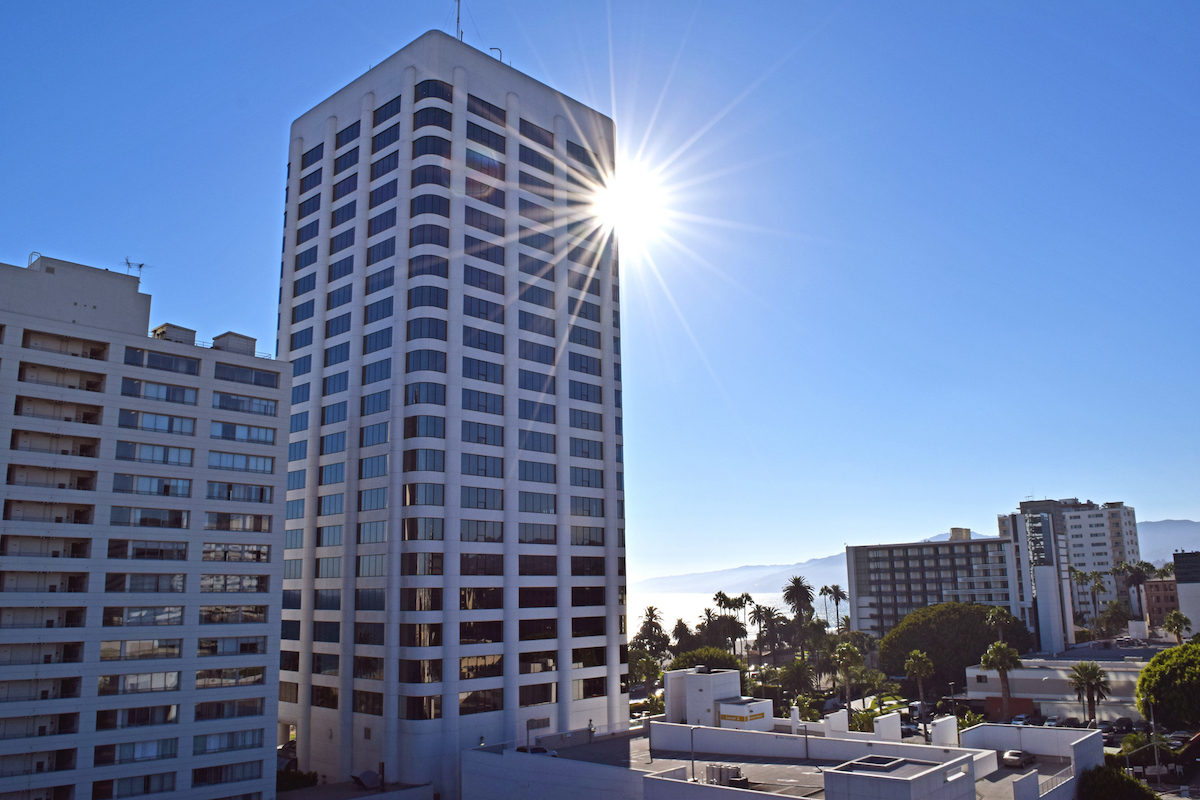By Tom Elias, Columnist
Anyone who knows California well will realize that Palo Alto does not look much like nearby Mountain View. Or that Pasadena looks very little like its neighbor Altadena. That Rancho Mirage looks quite different from next-door Cathedral City.
These distinctions are often called character. They make locales different from one another; they make life less boring and offer choices to people deciding where they’d like to live and what lifestyle they want.
Sure, it costs more to live in some places than in others. And yes, some persons and their families can afford larger homes than others.
America, after all, bills itself as a land of equal opportunity, even if it’s far from perfect in providing that. But it has never claimed or sought to be uniform. Many laws suggest that every American should be provided for. None says all will have equal means.
Yet, the state of California has sought uniformity in the field of housing for the last several years, led by Democratic state Sen. Scott Wiener of San Francisco, who tried unsuccessfully for years to pass bills requiring every city in the state to become much more dense.
Wiener’s persistence paid off for him last year, when he pushed through new laws best known by their numbers, Senate Bills 9 and 10, which ban zoning for single family houses everywhere in California. SB 9 allows six residential units on almost all lots where there is now one; SB 10 allows up to 10 units on any lot within easy reach of rapid transit.
Neither law requires builders to provide new parking or parks, mitigate added traffic, assure water supplies or any other requirement usually imposed on developers of new home subdivisions. Nor are there any controls on how much of the new housing can become short-term vacation rentals or temporary corporate housing.
It’s open season, then, on the character of every city in the state. If Wiener had his way, California would have nothing but apartments and condominiums, no houses with sizeable yards and open space. For him – and for Gov. Gavin Newsom, who seemingly will sign any bill Wiener writes – it’s fine if all cities look alike. One size fits all, even in cities that already have plenty of vacant units, as many now do.
When cities try to slow this down, seeking to preserve their unique qualities, in steps Newsom’s appointed attorney general, Rob Bonta.
This, of course, is Bonta’s right, which he sees as a duty. And it’s within the tradition of state attorneys general enforcing the laws they like and ignoring those they don’t. Every attorney general of the past 50 years has done this: Republican Dan Lungren enforced almost no laws intended to ensure equal access to housing for minorities. Democrat Xavier Becerra did little to enforce state masking mandates during the COVID-19 pandemic. And on and on, going back at least 50 years.
Bonta makes it his mission to go after cities trying to carve out exceptions to SB 9 and 10. When leafy Woodside tried to exempt itself as a cougar habitat, Bonta warned of a lawsuit and the town backed down.
When multifaceted, racially pluralistic Pasadena tried to limit SB 9 lot splits and consequent teardowns in areas with historic or architecturally significant housing, Bonta denied that any such areas should be exempted because, his top deputy claimed, they are not really historic. But he could not disprove the Pasadena argument that in the neighborhoods the city called landmarks, there is “historical, cultural development and/or architectural context.”
Doesn’t matter, Bonta says. Go ahead and buy up historical bungalows, he essentially told developers, then tear them down and split the lots if you like.
Do this, of course, and Pasadena will lose much of its distinctiveness.
Some cities, of course, accede readily to state housing demands, despite relatively high vacancy rates. Much of once-resorty Santa Monica, for one, now looks somewhat like a mini Miami Beach, with many new apartments and condominiums lining its main streets.
Only time will tell how much California will change, and feelings are mixed among homeowners, with some licking their chops at selling their longtime homes and others determined to resist.
Email Thomas Elias at tdelias@aol.com. His book, “The Burzynski Breakthrough: The Most Promising Cancer Treatment and the Government’s Campaign to Squelch It,” is now available in a soft cover fourth edition. For more Elias columns, visit www.californiafocus.net













